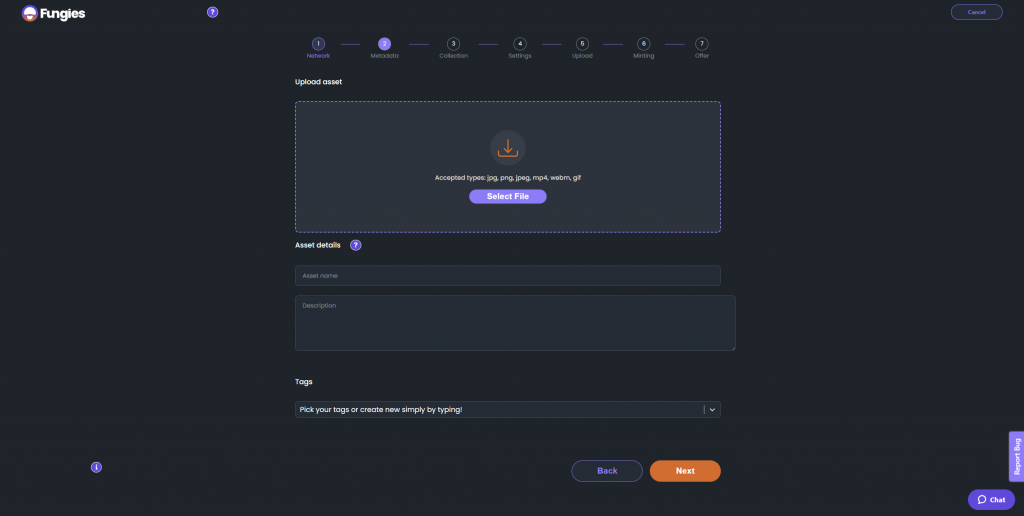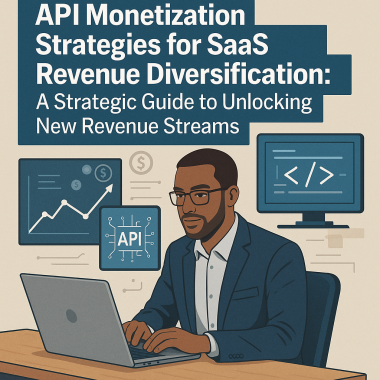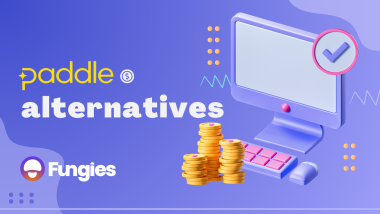The emergence of Non-Fungible Tokens (NFTs) has revolutionized the digital world by creating unique digital assets that can be owned and traded just like physical assets. NFTs have found extensive use cases in art, music, gaming, and sports industries, among others. NFT minting has traditionally been a paid process, with creators having to pay a fee to mint their NFTs on various marketplaces. However, recently, there has been a growing trend of free NFT minting, which allows creators to mint their NFTs without paying any fees. In this article, we will explore the concept of NFT free minting, the tools needed to achieve it, and the process involved, including a sample code in Solidity.
What is NFT Free Minting?
NFT free minting is a process where creators can mint their NFTs without paying any fees to NFT marketplaces. Free NFT minting is usually achieved through a process called “gasless minting.” In traditional NFT minting, creators have to pay gas fees to the network to execute the minting process. However, in gasless minting, creators can mint their NFTs without paying any gas fees. The gas fees are usually paid by the NFT marketplace, which earns a commission on the sale of the NFTs.

Tools for NFT Free Minting
There are several tools that creators can use to achieve NFT free minting. Some of these tools include:
- OpenSea
OpenSea is a popular NFT marketplace that allows creators to mint their NFTs for free. Creators can use the OpenSea SDK to mint their NFTs directly from their smart contracts without paying any gas fees. OpenSea makes money by charging a 2.5% commission on the sale of the NFTs.
- Immutable X
Immutable X is a layer-2 scaling solution for Ethereum that allows for gasless NFT minting. Immutable X uses zk-rollups technology to achieve near-instant transaction finality and high throughput. Creators can mint their NFTs on Immutable X without paying any gas fees, and the marketplace earns revenue through a 5% commission on NFT sales.
- Mintbase
Mintbase is an NFT marketplace that allows creators to mint their NFTs for free. Mintbase uses a protocol called NEAR to achieve gasless minting. Creators can mint their NFTs on Mintbase without paying any gas fees, and the marketplace earns revenue through a 2.5% commission on NFT sales.

- Cargo
Cargo is an NFT marketplace that allows creators to mint their NFTs for free. Creators can mint their NFTs on Cargo using the Cargo smart contract, and the marketplace earns revenue through a 2.5% commission on NFT sales.
Process for NFT Free Minting
The process for NFT free minting involves creating a smart contract that mints the NFTs and deploying it on the blockchain. The smart contract is usually integrated with an NFT marketplace that allows for gasless minting. The following is an example code in Solidity for creating a smart contract that mints NFTs:
// SPDX-License-Identifier: MIT
pragma solidity ^0.8.0;
import "@openzeppelin/contracts/token/ERC721/ERC721.sol";
import "@openzeppelin/contracts/access/Ownable.sol";
contract MyNFT is ERC721, Ownable {
uint256 public tokenCounter;
constructor() ERC721("MyNFT", "MNFT") {}
function mintNFT(address recipient, string memory tokenURI) public onlyOwner
OpenZeppelin is a library of smart contracts for building decentralized applications on the Ethereum blockchain. It provides a set of pre-built, audited and secure smart contracts for developers to use in their own projects. OpenZeppelin offers a range of contracts including ERC20 and ERC721 tokens, access control contracts, payment channels, and more.
To use OpenZeppelin to mint free NFTs, you can follow these steps:
- Install OpenZeppelin
The first step is to install OpenZeppelin. You can do this by using the following command in your terminal:
npm install @openzeppelin/contracts
- Import ERC721 and Ownable contracts
Once OpenZeppelin is installed, you need to import the ERC721 and Ownable contracts from the library into your Solidity file:
import "@openzeppelin/contracts/token/ERC721/ERC721.sol";
import "@openzeppelin/contracts/access/Ownable.sol";
- Create the NFT contract
You can now create the NFT contract by inheriting from the ERC721 and Ownable contracts:
contract MyNFT is ERC721, Ownable {
// Contract code goes here
}
- Define the constructor
Next, you need to define the constructor function for your NFT contract. This function should call the constructor functions from the ERC721 and Ownable contracts:
constructor() ERC721("MyNFT", "MNFT") {}
- Define the minting function
Finally, you need to define the function that allows you to mint new NFTs. This function should take two arguments: the address of the recipient and the tokenURI of the NFT. You can use the safeMint() function from the ERC721 contract to mint the new NFT:
function mintNFT(address recipient, string memory tokenURI) public onlyOwner {
uint256 tokenId = tokenCounter;
_safeMint(recipient, tokenId);
_setTokenURI(tokenId, tokenURI);
tokenCounter++;
}
This function creates a new NFT with a unique tokenId and assigns it to the recipient address. It also sets the tokenURI of the NFT and increments the tokenCounter variable so that each new NFT has a unique tokenId.
With this Solidity code, you can now deploy your NFT contract and use it to mint free NFTs. By using the Ownable contract, you can ensure that only the contract owner can mint new NFTs, and by using the ERC721 contract from OpenZeppelin, you can ensure that your NFTs are standards-compliant and can be easily traded on any marketplace that supports ERC721 tokens.






